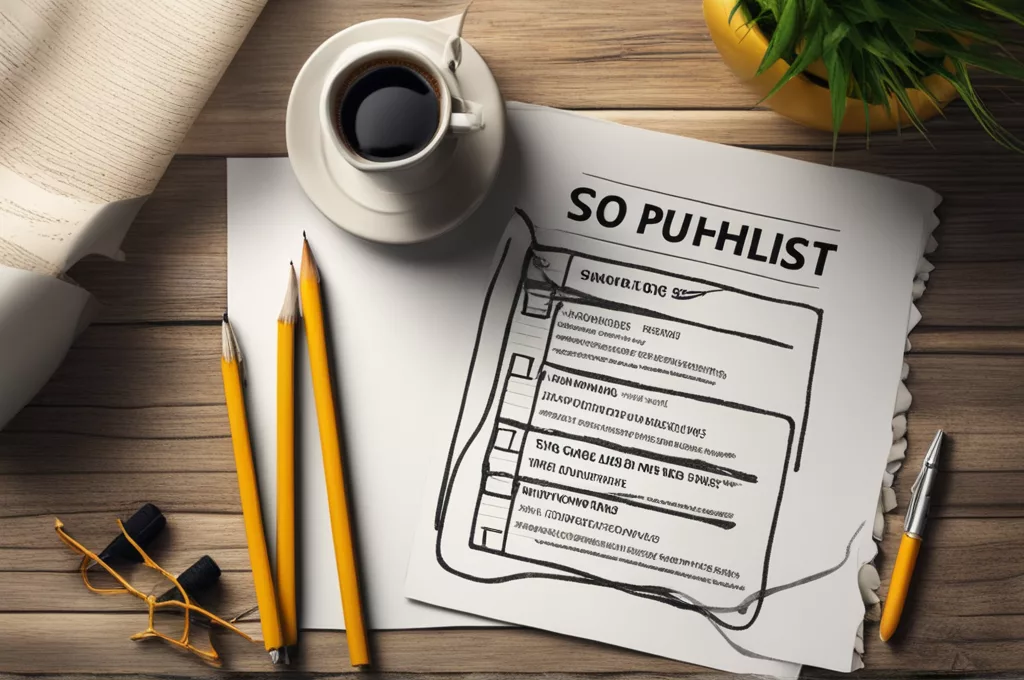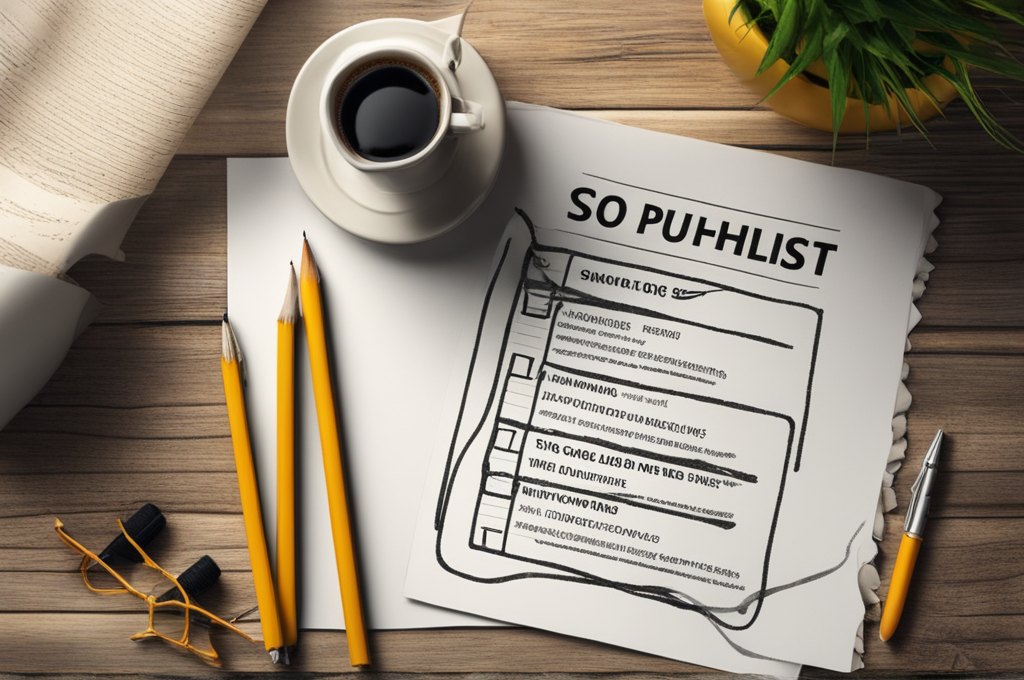
Optimize Your Blog Post for SEO: A Step-by-Step Checklist
 – Avoid jargon and complex terminology.
– Avoid jargon and complex terminology.
—
SEO checklist for publishing a new blog post
1. Optimizing Title Tags and Meta Descriptions
In the first step, ensure your blog post’s title tag and meta description are optimized for better search engine visibility. A compelling title tag acts as the digital storefront for your content, while the meta description gives searchers a glimpse of what to expect.
2. Target Relevant Keywords
Research and incorporate targeted keywords into your post. This includes your title, headings, and content. Keywords should be strategically placed to ensure search engines understand the content’s purpose.
For example, including the phrases “best SEO strategies 2023” and “SEO checklist for new bloggers” in the title tag and meta description will help attract users searching for these keywords.
3. Use Heading Tags (H1, H2, H3)
Organize your content using heading tags to improve readability and structure. Use H1 for the main topic, H2 for subtopics, and H3 for smaller sub-subtopics.
For instance, the SEO checklist can be structured as follows:
SEO Checklist for Publishing a New Blog Post
1. Optimizing Title Tags and Meta Descriptions
2. Target Relevant Keywords
3. Use Heading Tags (H1, H2, H3)
4. Incorporate Internal Links
Internal linking helps search engines understand the content’s structure and improves user experience by allowing readers to navigate your site easily.
For example, you can link to previous blog posts that provide helpful information about SEO, such as “SEO Fundamentals Every New Blogger Should Know.”
5. Include Internal Links to Related Content
Don’t forget to include internal links to other relevant content, such as previous blog posts, resources, and infographics.
6. Optimize Images with Alt Tags
Optimize images with alt tags to improve accessibility and SEO. This helps search engines understand the content of images and can also increase click-through rates.
For example, an image about SEO can have an alt tag like “SEO strategies in action.”
7. Use Internal Linking to Other Pages
Internal linking can also include linking to other pages, such as your About page or contact page, to improve user experience and improve search engine rankings.
8. Ensure Page Speed and Mobile-Friendliness
Finally, ensure your blog post is fast-loading and mobile-friendly to improve the user experience. Google considers page speed and mobile-friendliness as ranking factors.
For example, you can use Google’s PageSpeed Insights to identify and optimize issues.
9. Use Schema Markup
Implementing schema markup can also improve SEO by allowing search engines to understand the content’s purpose better.
10. Monitor and Update SEO
Finally, monitor your blog post’s performance and update the title tags, meta descriptions, and internal links as necessary.
You May Also Like

Blog Writing Prompts for Business Owners
June 21, 2025
Using Free Traffic Sources for Blogs
June 26, 2025


